Technology
T
he history of the railway dates back over 2,000 years, with primitive concepts of tracked transport going back to the Ancient Greeks.
But it took the invention of the steam power, which coincided with the beginning of the industrial revolution in the early 19th century, for railways to start playing a central role in local and international trade.
In the UK particularly, personalities like Richard Reynolds, George Stephenson and Matthew Murray were among some of the most illustrious contributors to the development of rolling stock and machinery used on the first railway tracks.
While similar projects were carried out almost simultaneously in other parts of Europe as well as the US, the widespread presence of mines in the UK and its access to the latest technologies made it the unchallenged leader in the field of railway technologies.
Yet, while initially the UK’s colonial aspirations encouraged it to build more railways in countries like India, with the arrival of World War I, its supremacy in the field of rail technology started to decline.
This paved the way for the rise of the US, starting a hegemony that would last until the late 1960s. Benefiting from the industry’s increasing reliance on fossil fuels, Americans were at the forefront of the rail technology exporting market for several decades.
However, the US’ failure to take a strong leadership in the market, combined with the rise of new powerful countries like China and Japan, led to the start its slow decline in the market.
Moving into the 21st century, the industry is now shifting from diesel to renewable energy, and new technologies emerge every day in the four corners of the world. As such, new exporters are following suit and consolidating their role in the market.
China: the world’s biggest exporter of train technology
China might not be the best exporter of rail technology, but it certainly is the biggest one on the market and a leading country especially in the field of high-speed trains.
Most Western nations would have a lot to learn from China’s high-speed rail network, one of the most efficient in the world, soon expected to reach 30,000km in length.
Expected to have a total value of around €34bn, over the past decade, the Chinese railway market has grown exponentially thanks to huge investments aimed at improving the state of the tracks and building new rolling stock.
Although recent research from SCI Verkehr revealed that a minor slowdown in exports should be expected, China is still likely to maintain its lead in the field.
This is particularly clear considering that the country’s three major state-owned companies, CRRC, CRCC and CREC (specialised in rolling stock, construction and engineering respectively) are involved in several major projects around the world.
And if that’s not convincing enough, you might want to try travelling between Hong Kong and Guangzhou in under 50 minutes and try the adrenaline rush of the latest Vibrating Express bullet trains.
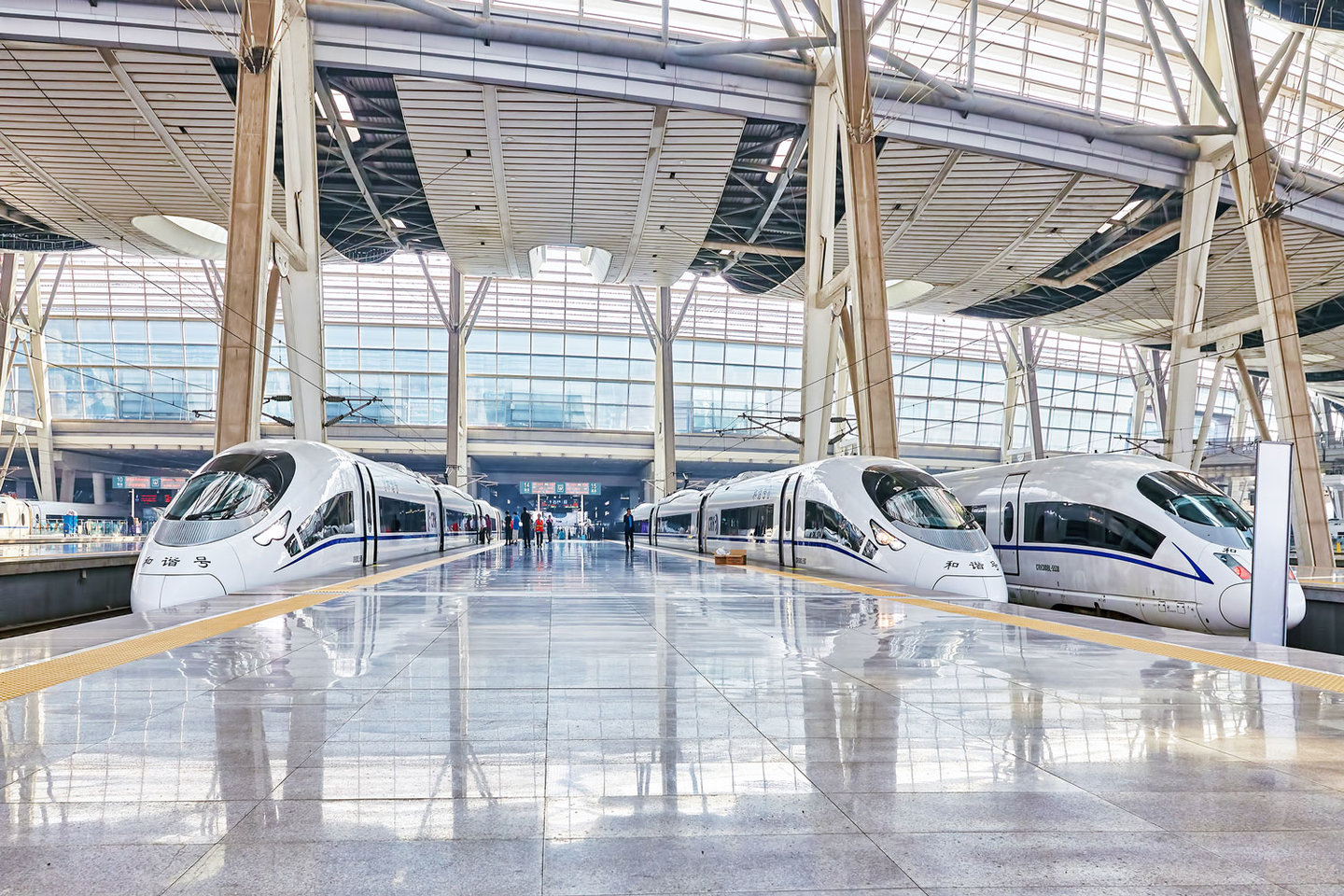
Image: V_E / Shutterstock.com
Japan: pushing for the export of bullet train technology
If China is the largest exporter of rail technology in the world, its neighbour Japan is certainly the most technologically advanced manufacturer on the market.
Having launched the first class of bullet trains in 1964, the country has continuously updated its models according to the latest technological advancements. Over the past 50 years, Japan has also managed to build an extensive network that reaches almost 37% of the country’s population via high-speed routes alone and is continuing to expand.
Despite struggling in recent years to find buyers for its famous bullet train technology, in October 2018, Central Japan Railway adjusted the length of its latest bullet trains to make them more appealing for foreign markets and is now thought to be targeting Taiwan and Texas as potential buyers.
While the search for clients continues, Japan can also boast some of the most important train manufacturers in the world, including Hitachi, Kawasaki and Mitsubishi. With rolling stock contracts in several countries, Hitachi in particular is bidding to become an international leader in the industry.
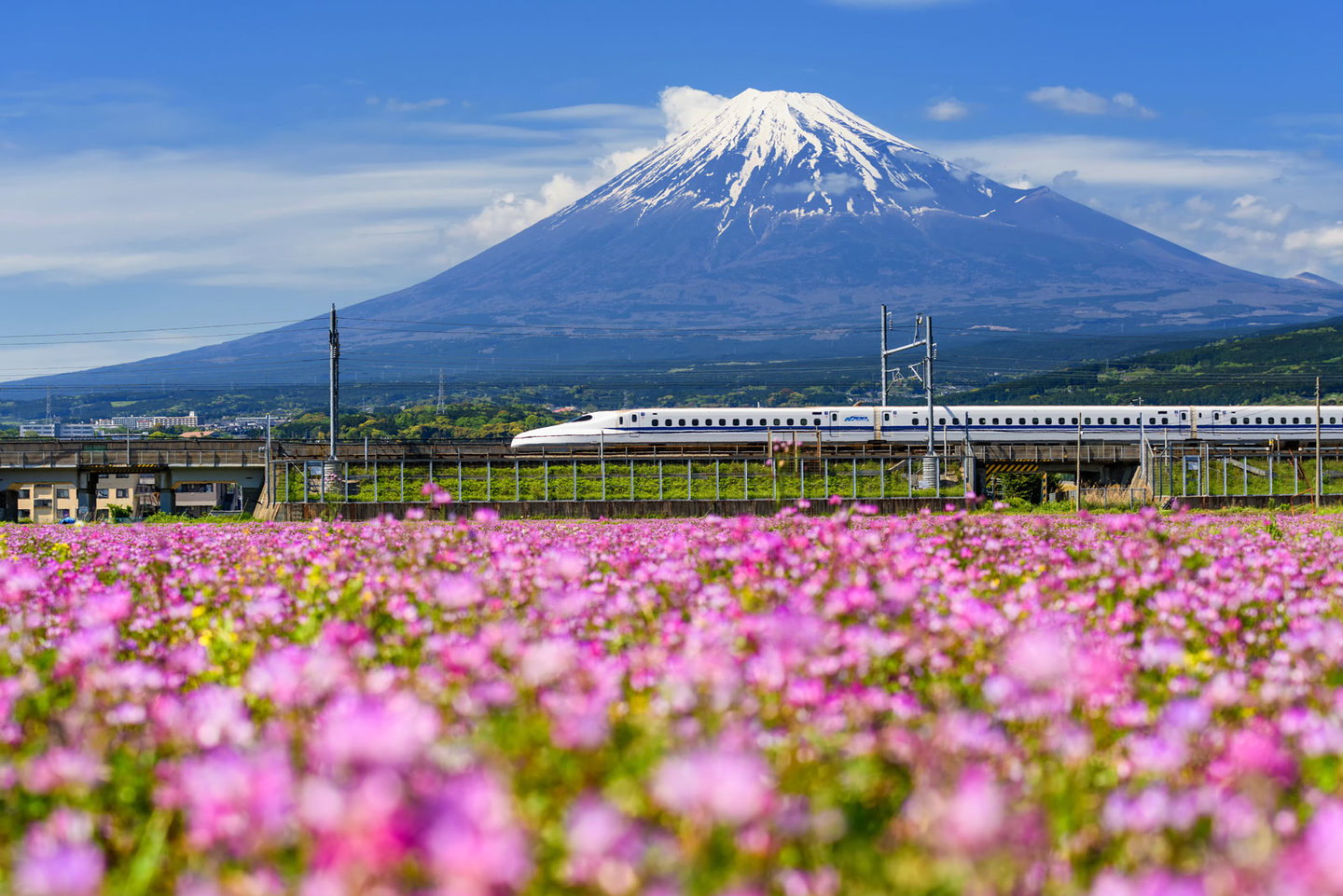
Image: Blanscape / Shutterstock.com
Germany: Deutsche Bahn’s prime example
Home to one of the most efficient rail companies in the world, Deutsche Bahn, which operates over 33,300km of tracks and runs some 40,000 trains per day, Germany has acquired a central role on the European and international rail markets.
While often praised for its convenient fares schemes and proficient management of the German rail network, Deutsche Bahn is also famous for embarking on new initiatives to improve the state of its railways and fleet. This is the case, for example, when it comes to its ground-breaking work in the field of 3D printing for production and maintenance work.
Germany has often broken records and made the headlines for introducing the most advanced technologies to date. For example in September last year, it launched the world’s first hydrogen train in an effort to reduce the use of diesel to power its fleet.
There are also currently thousands of railcars produced by German manufacturers globally; among them stands Siemens Mobility, not only famous for producing rolling stock but also for launching innovative projects such as the Digital Lab for Intelligent Traffic Systems rolled out in March 2019.
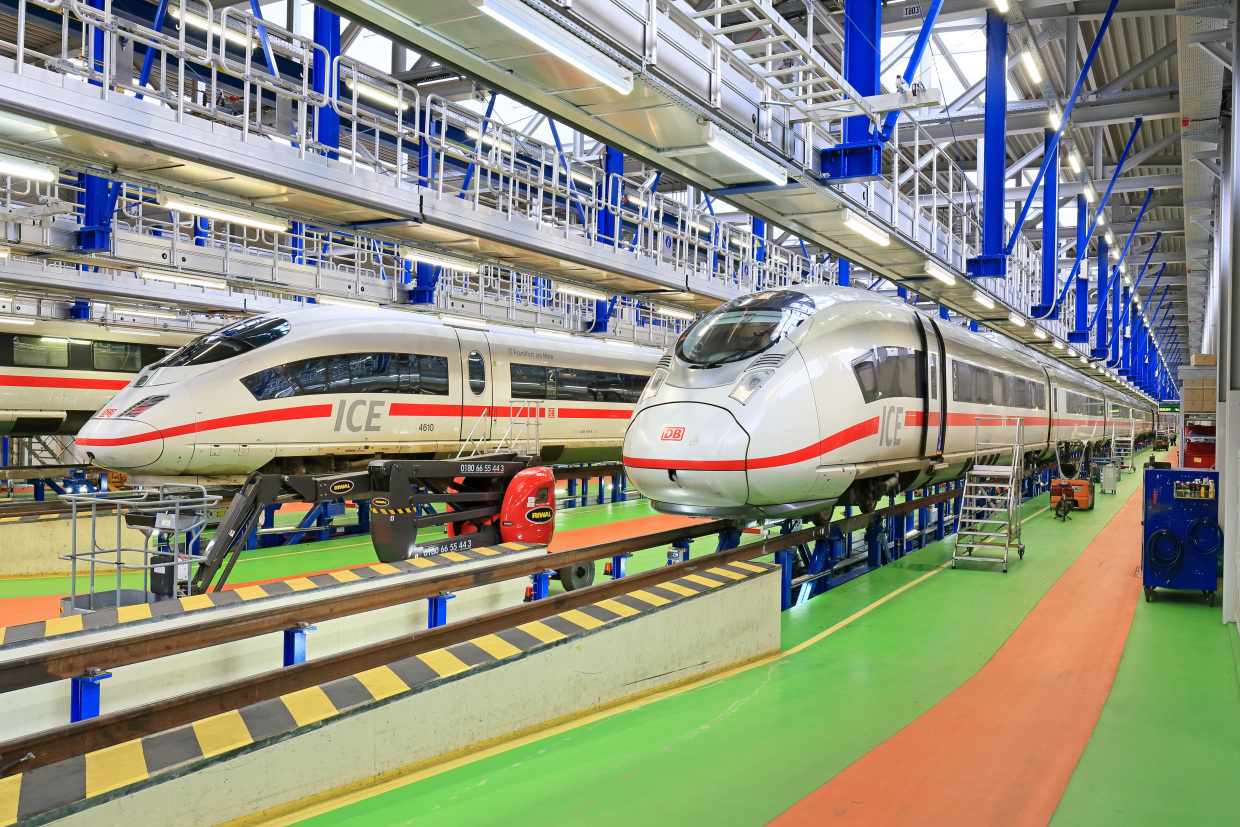
Image courtesy of Deutsche Bahn AG / Uwe Miethe
France: TGV trains and Alstom’s leading role
While Germany was the first country to introduce hydrogen trains on its routes, the manufacturer behind that initiative is French giant Alstom, which alone positions France as one of the major exporters of rail technology in the world.
The manufacturer is considered a heavyweight in the industry; when it announced plans to merge with Siemens in 2017, concerns that it would create unprecedented competition imbalance on the market resulted in the European Commission rejecting the merger altogether.
Nevertheless, over the past few years Alstom has managed to attract several international investors and now has ongoing projects in Africa, Europe, the US and beyond.
The company has also provided trains for another flagship project that France can boast: its high-speed rail network hosting the Trains à Grande Vitesse (TGV), which can run at up to 320km/h and connect the country’s major hubs to its neighbouring regions.
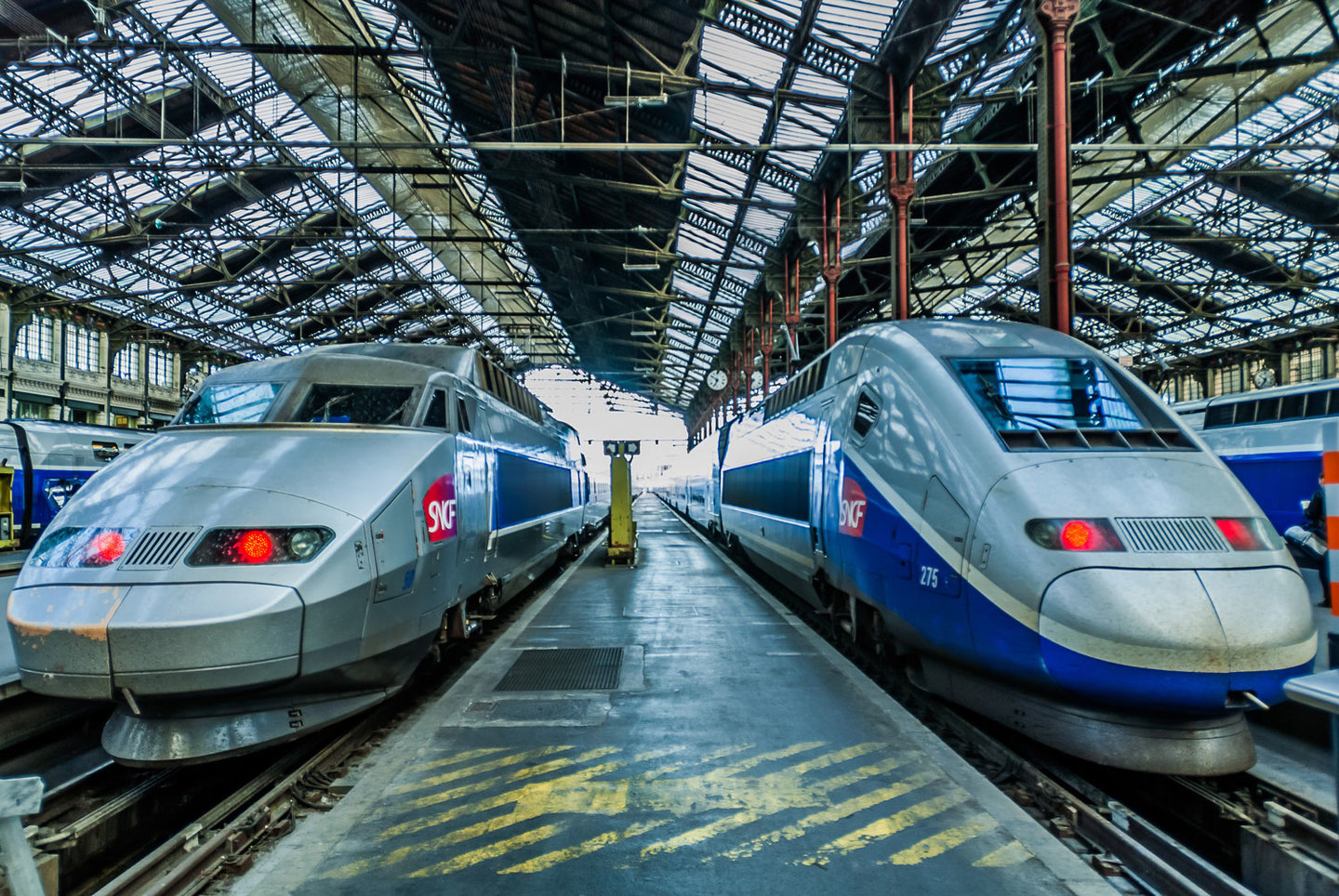
Image: OSTILL is Franck Camhi / Shutterstock.com
Italy: the first country to introduce high-speed rail for freight
Italy also easily counts as a top railway exporter.
In 2012 Italy was the first European country to introduce privately owned trains, called Italo and manufactured by Alstom, on its high-speed tracks. Dubbed the “Ferrari of the railways”, Italo trains link the capital Rome to Napoli in a little over an hour.
More recently, it launched the world’s first high-speed rail network dedicated to freight transport, to help take cargo off the road and reduce CO2 emissions. Introduced by Italian state-owned railway operator Ferrovie dello Stato Italiane (FS Italiane) in November 2018, the network runs on the existing high-speed tracks that link the northern city of Turin down south to Salerno.
And while freight trains are scheduled to run overnight between Bologna and Caserta – not far from Naples – Trenitalia’s high-speed railcars Frecciarossa can reach 300km/h and run between Milan and Naples in less than five hours.
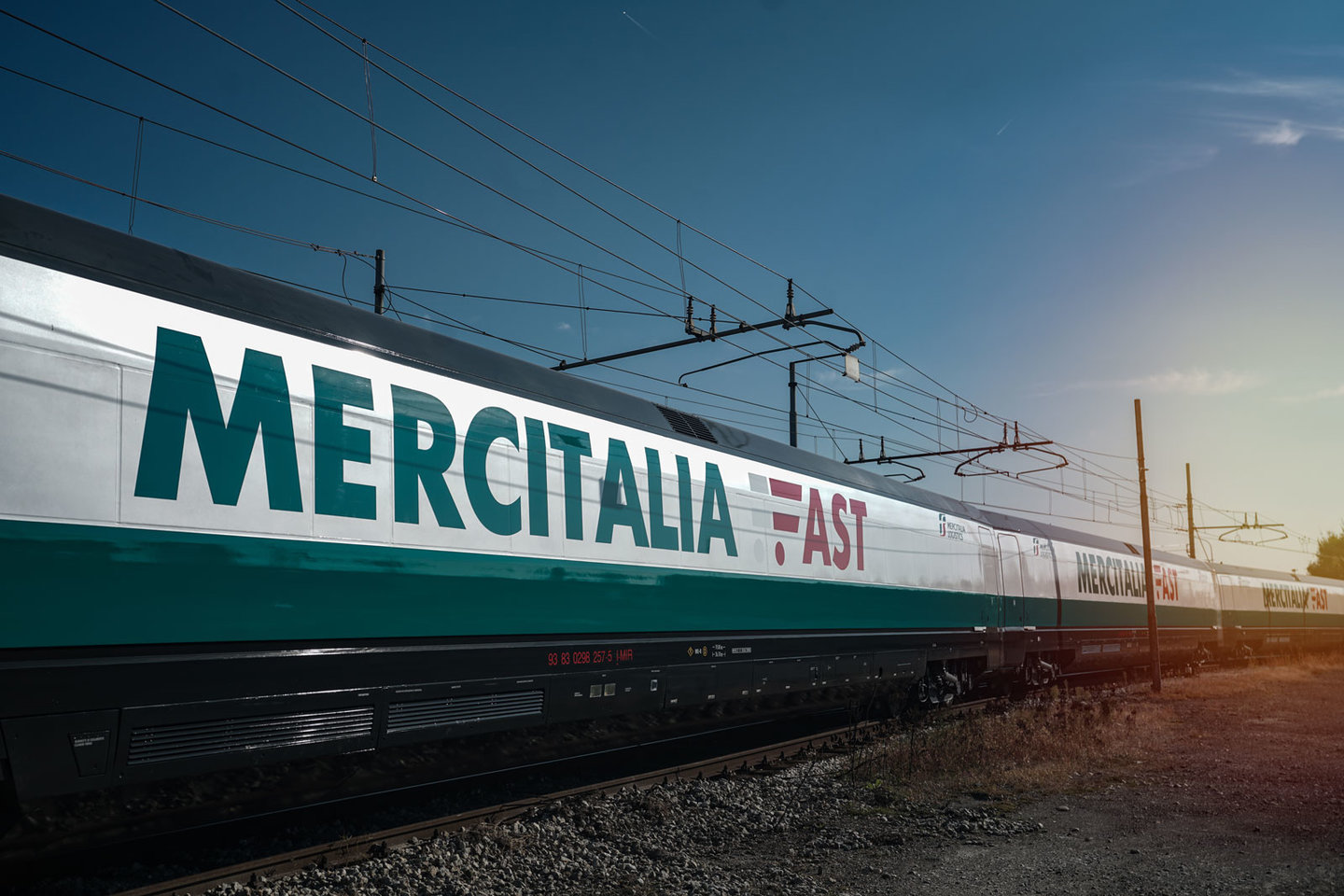
Image courtesy of Ferrovie dello Stato Italiane